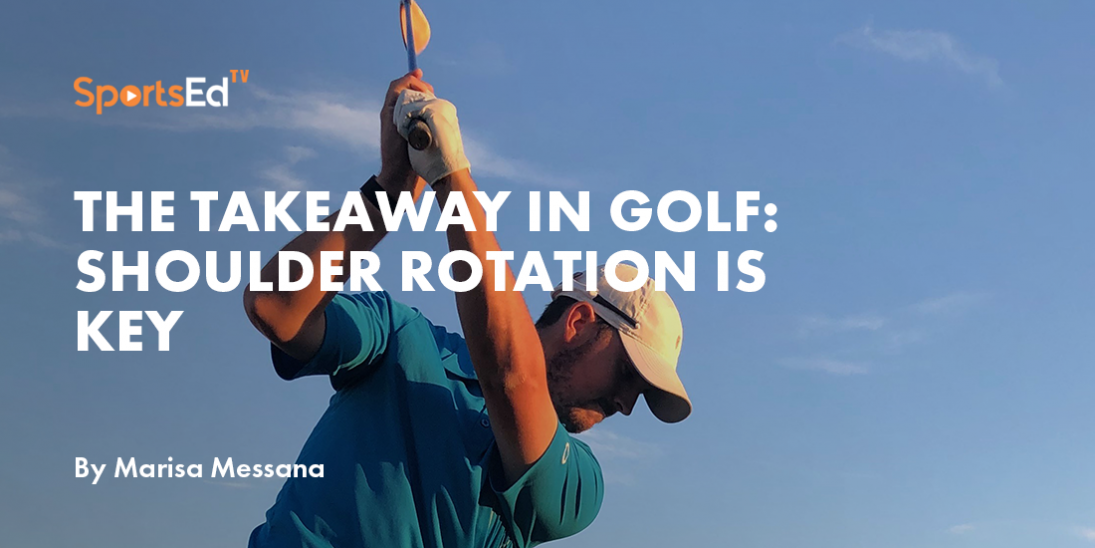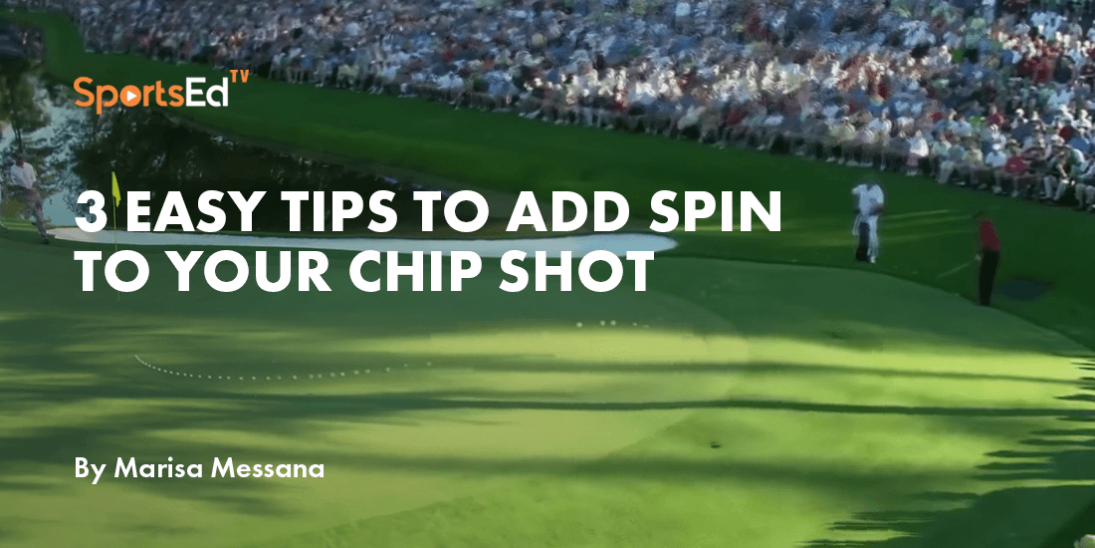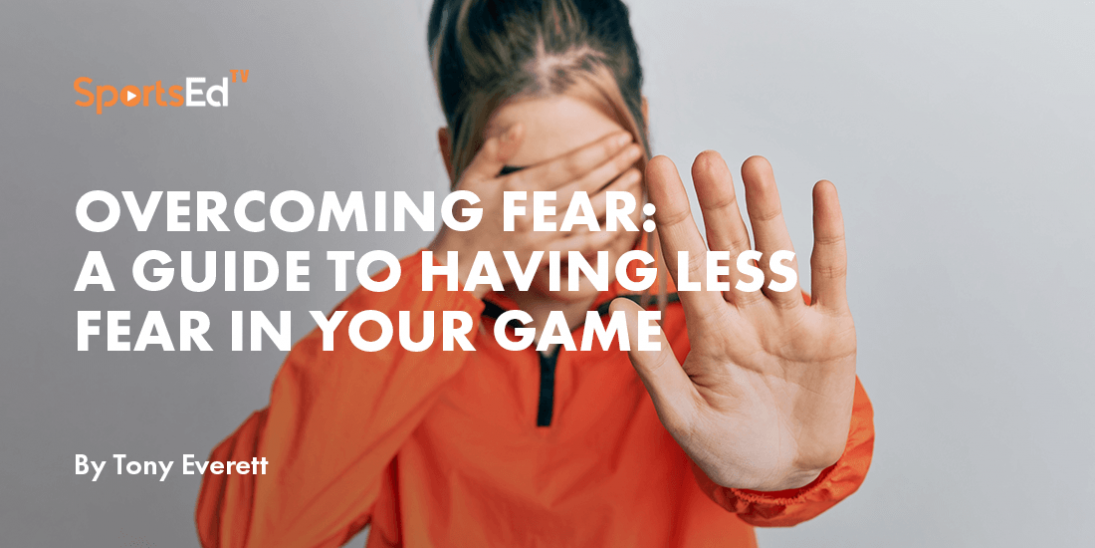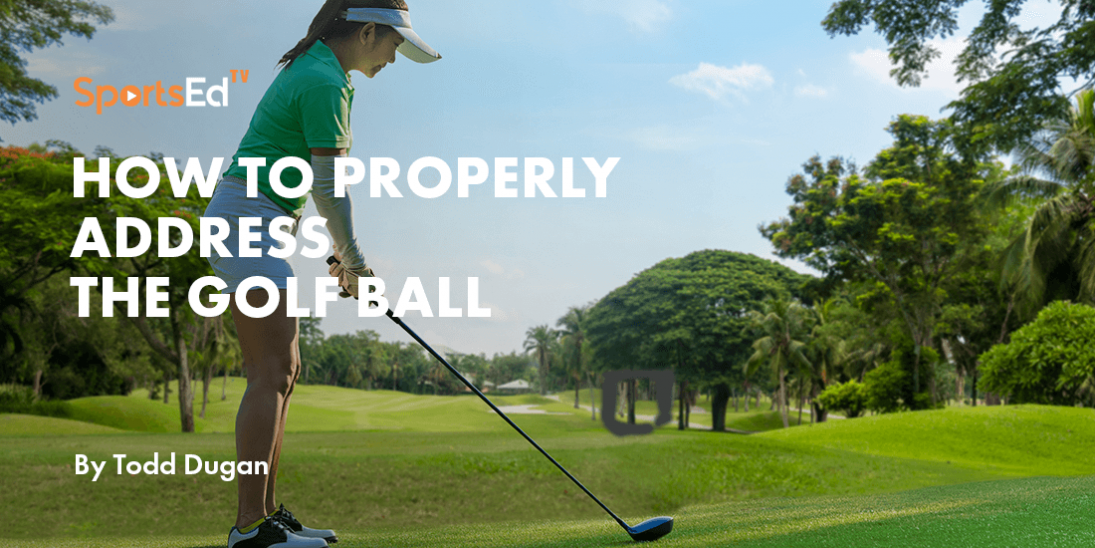Golf
Welcome and thanks for visiting...

Three Wedge Improvement Principles
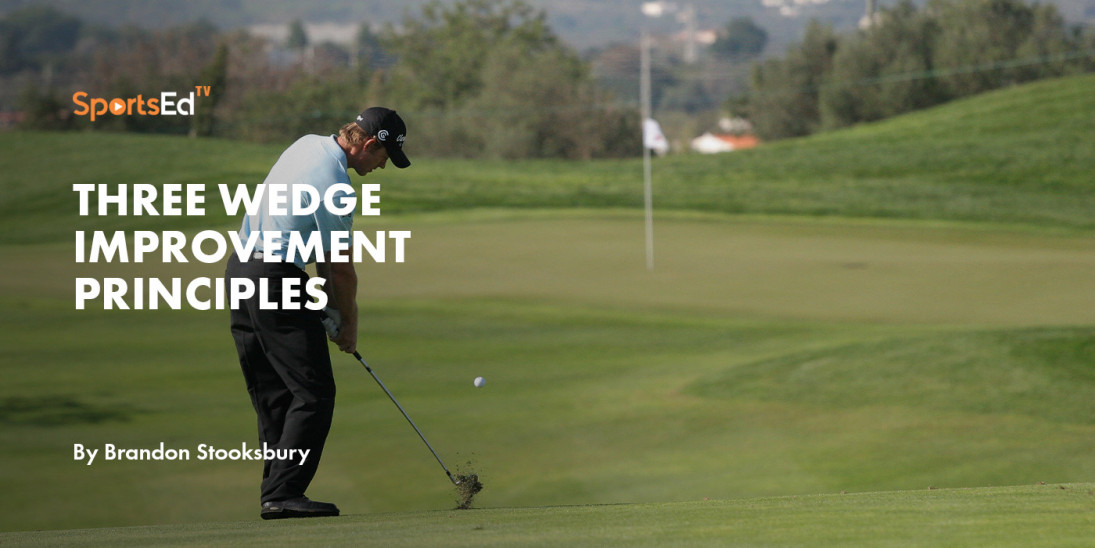
Three Wedge Improvement Principles
Getting better at golf is all about improving your skills.
Each segment of the game requires a slightly different set of skills that are needed in order to become proficient. When it comes to short game, specifically wedges, golfers often just assume that it’s a miniature version of the full swing and requires the same set of skills you’d employ when swinging a 7-iron from the fairway.
When you’re talking specifically about “distance wedges,” or shots from approximately 50-100 yards, that sentiment may have some validity. However, when discussing “finesse wedge” shots inside 50 yards, you have to start to look at things a little differently.
When you break down a finesse wedge shot into the different elements required, it starts to become easier to tackle. Below you’ll see the three most important skills needed to hit better wedges, followed by a suggestion for how to spend time practicing each skill specifically. Approaching wedges this way makes the information much easier to digest, and makes your practice much more efficient.
SKILL 1: SOLID CONTACT
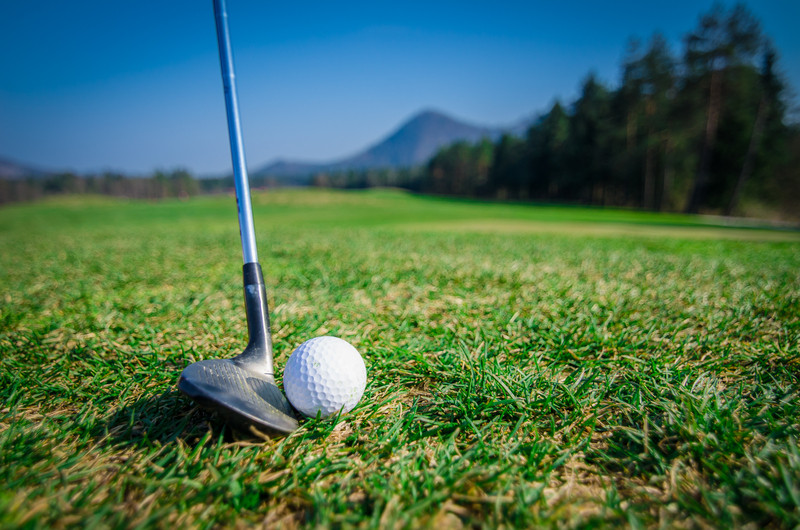
While neither skill is necessarily more important than the others, you could make the argument that Solid Contact is certainly the first of the three skills you should tackle. If you can’t hit it solidly the majority of the time, the other two skills become increasingly more challenging to improve. For example, if you’re constantly (and unpredictably) hitting it thin, fat, off-center, and sometimes solid, how can you expect to be able to consistently control distance from swing to swing?
Issues with solid contact can typically be traced back to mechanics. Different from a full swing, a short wedge shot doesn’t require the club to travel much of a distance through the backswing and into impact. That small amount of movement makes it much more challenging to make up for mistakes in clubshaft or clubface position. In a longer full swing you have the time to “re-route” the club or alter the clubface prior to the moment of impact. You don’t have that time in a short wedge shot and thus are far more susceptible to suffering problems stemming from those issues.
A specific mechanical problem that can often cause issues with solid contact has to do with “low point” control, meaning your ability to control where the club hits the ground.
It’s common knowledge that we should be striking the ball before the ground, but it’s not always obvious that the position and movement of the body has a heavy responsibility for where the club strikes the ground.
Your chest and upper body have to stay over, or slightly in front, of the ball throughout the impact interval. If you get behind the ball too much it predisposes you to hitting the ground first, or to protect against hitting the ground, pull the club up and end up “skulling” it over the green!
A great drill to improve the positioning and movement of your body is to get into a bunker for some swings. Draw a line in the sand that’s perpendicular to the target line and position it in the middle of your stance. Make some small practice swings where you make sure to hit the sand IN FRONT of the line. There’s no way you can be moving your chest away from the target and still hit the sand in the right place!
Often the issues that cause problems with solid contact aren’t the easiest to improve, but with some help from a qualified coach you can be well on your way to improving the skill.
SKILL 2: DISTANCE CONTROL
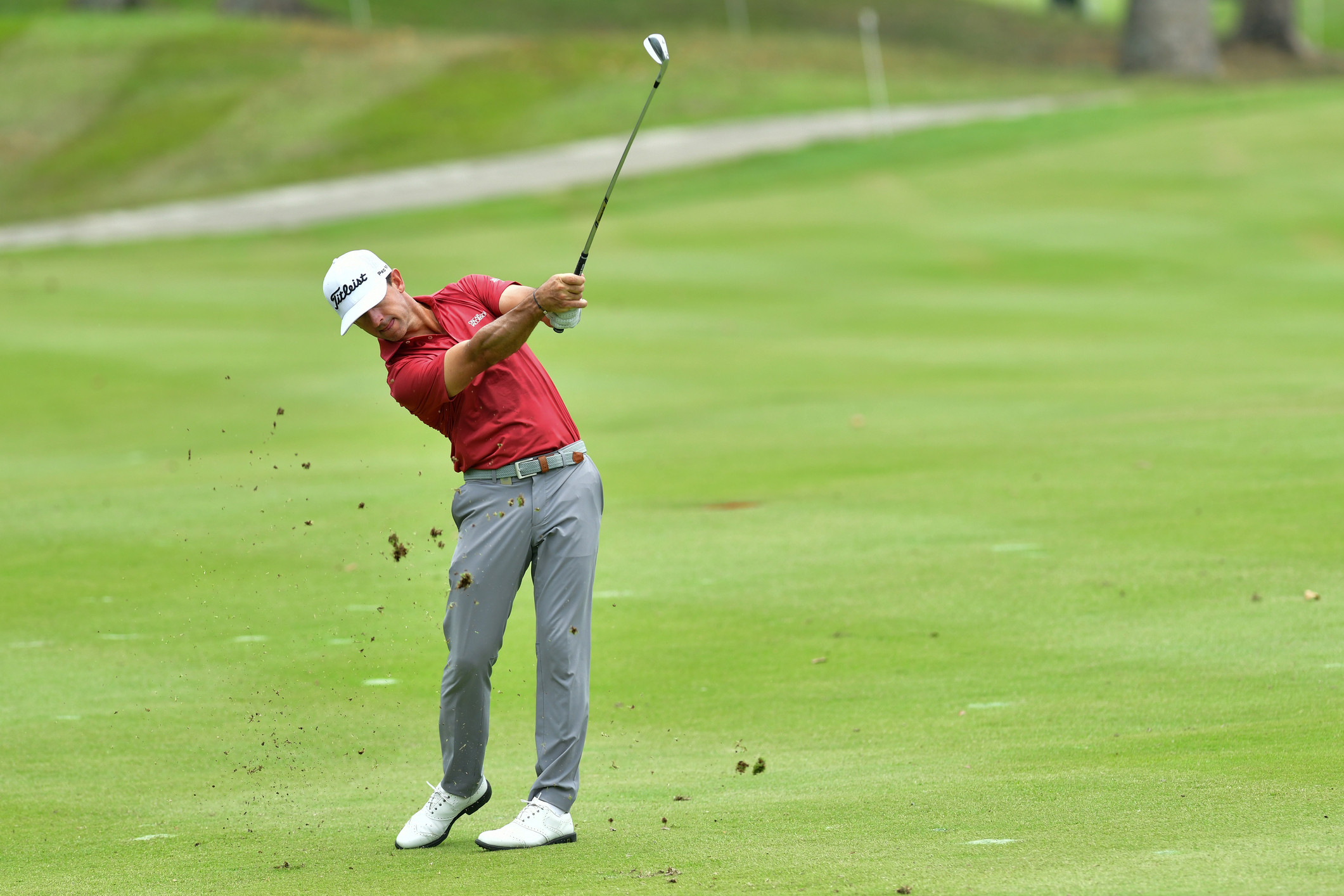
The ability to control the distance you hit your wedge shots is also paramount to being a proficient short game player. It goes hand-in-hand with the Solid Contact skill as consistently striking it solidly makes it easier to predict how far the ball is going to travel.
Issues with Distance Control aren’t usually as much about mechanics as they are about feel (or lack thereof) and proper training.
It’s not an unusual thing for a human to equate the speed the arm and hand are moving with how far something is going to fly when thrown...think about throwing a football, baseball, or simply a rock. How far the ball or object flies is directly related to how fast the arm and hand move when throwing. If you want to throw it farther, just move the arm faster.
Unfortunately things get a bit more complicated in golf. The length of the shaft and the weight of the clubhead both contribute to added speed beyond just how fast the hands are moving. Also, the “bounce” of the ball off the clubface also adds some speed to the ball; which is why the first skill, Solid Contact, is so important. Both of those elements make it much more challenging to determine how the ball will fly.
Becoming proficient at controlling distance is about developing a feel for how swing length and clubhead speed work together to produce a particular ball speed, and then how that specific ball speed equates to distance.
In order to develop that feel you have to be very specific in how you train and practice. It’s more like experiencing distance control as opposed to practicing it.
Now let me explain what I mean. There is a learning loop present in almost anything we learn to do as humans. For example, when a child is first learning to throw a ball in the backyard with a parent or friend, they have no idea how hard to throw it to make it fly far enough so that the other person can catch it. The ultimate example of the learning loop is: try, evaluate, and try again.
The problem with golf is that the game never really allows the loop to be completed. We can try the shot the first time, evaluate the result, but then can’t ever try again. With the loop broken, it’s a big challenge to really get any better at developing the required feel.
In order to develop and fine-tune the feels, you can adjust your practice routine in ways that allow you to experience the complete feedback loop.
One way is what I call “Long, Short, Hit.” You would pick a wedge and a target on the range or course and then try to make the first ball land a little past the target, the next ball land a little short of the target, and the final ball actually hit the target. If you are unsuccessful at one of the three challenges, just try again with another ball.
Practicing this way allows you the ability to try something, evaluate the result, and then try again, completing the feedback loop and training your feel for swing length, clubhead speed, and distance control.
SKILL 3: TRAJECTORY CONTROL

Of the three skills, Trajectory Control is the final, and easiest, step to developing a proficient wedge game. While trajectory control isn’t technically required (as compared to the other two skills) to make dramatic improvements, learning to influence trajectory can really take your skills to the next level.
Controlling trajectory is all about manipulating the loft of the club at impact, and there are three widely accepted methods for adjusting loft. Each method has its uses depending on the shot or the situation, and the three methods are often used simultaneously and interchangeably as needed to produce the desired shot.
The first way to affect loft is by simply changing the club you’re using. Using the same swing, a 60º wedge will fly higher than a 56º, which will fly higher than a 52º wedge. If you did nothing else other than change the club, the ball would fly higher/lower and roll more/less.
The second method is by adjusting the clubface. While you wouldn’t want to “close” the face more than square, if you “open” the face and strike the ball it will fly somewhat higher. This method is often used to fine-tune trajectory when only slight adjustments need to be made for particular shots or situations.
The final way to alter loft is to change the angle, or lean, of the shaft at the moment of the strike. When the club is delivered with a shaft leaning more forward, less loft will be delivered and the ball will fly lower.
The opposite is true as the shaft is delivered with more neutral or perhaps even slight backward lean...the ball would fly higher. The easiest way to change the amount of shaft lean delivered at impact is to change the position of the ball in your stance at address. As the ball moves progressively more toward your lead foot (or more forward in your stance), it allows you to deliver much more neutral shaft lean and more loft. As the ball moves progressively closer to the middle of your stance, you can deliver more forward lean and thus less loft.
A great way to experience and improve the three loft affecting methods is to find an area around a green approximately 5-10 yards off the edge, with a hole cut approximately 5-10 yards onto the green. Using multiple wedges, face positions, and ball positions, try to land balls onto the surface and get them to roll as close as possible to the hole.
The higher trajectory shots will have to land closer to the hole to accommodate very little roll, while the lower trajectory shots will have to land just onto the edge to allow for more roll. Changing the loft variables from shot-to-shot with different clubs will provide you with great exposure and practice with how each affects loft and trajectory.
Common knowledge says you have to practice to get better at anything, especially golf. That being said, it’s not always easy to know WHAT or HOW to practice so that you make the best use of your time.
That’s where breaking down the elements of the game into their important pieces, or skills, becomes effective. Not only are you working on the essential portions of the game, but your practice can be focused intently so that each and every repetition is having a positive impact on the bottom line.
The next time you think about practicing the short game, make sure you’re spending your time in the right way and you should start to see your handicap decrease, and your fun factor increase.

